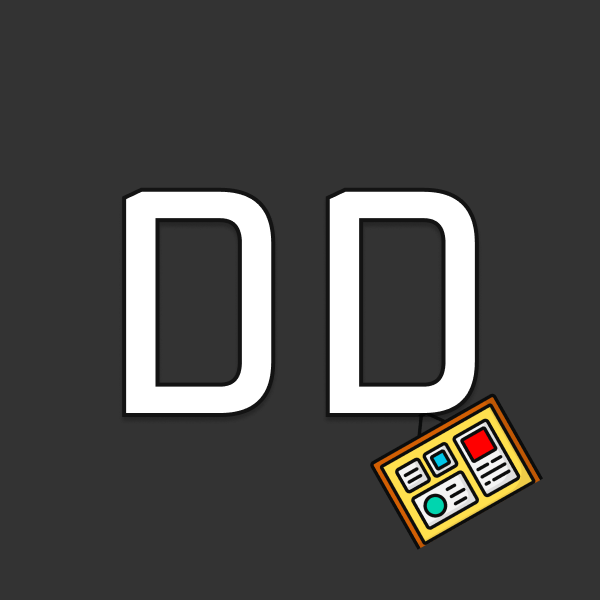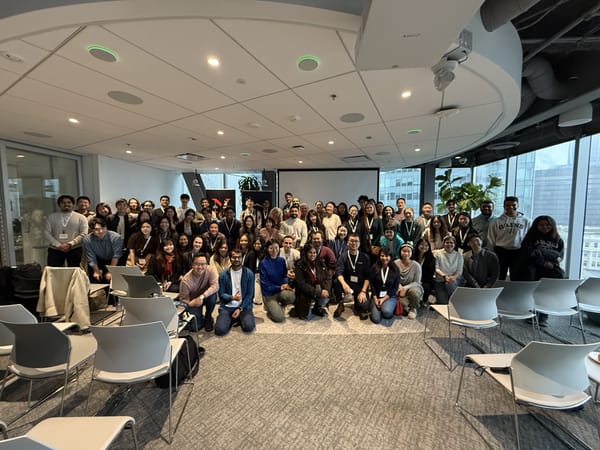Imposter Syndrome: Steps to face a Product Manager’s biggest curse

Imposter syndrome, perhaps one of the biggest plagues within a PM career, can be managed and turned into confidence with proper steps.
Imagine you’re a product manager, wrapping up your day either at home or in the office. You’re reviewing your to-do list, finishing your final meeting, or sending off that last email.
Then you get a general Slack ping from another channel featuring developers or other tech functions from a different product team, celebrating a major win. You react with a cheer emoji, close the laptop, and sigh.
Are my own wins worth mentioning? Have I done enough to justify that? What have I even done to contribute to my team’s success?
Imposter syndrome is an issue that a multitude of tech functions suffer from, but product managers (PMs) are certainly one of the most popular folks that get affected. We don’t code alongside our developer peers. We don’t design alongside our designers. We (usually) don’t write content for newsletters or documentation as our main role, like a technical writer would. Yet we’re constantly suffering from frequent meetings, stress, and product responsibility when goals are unreached. If the product fails to meet key success metrics, the PMs are usually the first to be blamed. So what’s going on here?
This article comprises educational steps on how PMs across all domains can learn to identify the sources of their imposter syndrome, and conquer it in the workplace by twisting it into self-confidence.
Focus on IMMEDIATE value
When I first joined Planview back in October 2023 as the product manager for their new AI Assistant, I immediately realized just how ambiguous the role was. Of course, like all PMs, I was assigned key targets and goals by my boss and CTO, but the methodologies and sources of value that I needed to execute were all undefined. If I just sat there through meetings and did what was asked of me, I would have felt both inferior and like a bot. There’s way more I could extract out of myself, and I knew I had to find points of immediate value to bring to the table for all my stakeholders. So I asked — where can I focus on bringing immediate value?
I came up with the following areas, which I still do to this day:
- All forms of evangelism, including drafting and publishing content for marketing and internal usage. By doing so, I could help marketing with boosting my product’s engagement and drive excitement for my product. This resulted in clear boosts in adoption data, and also made me the go-to contact among all AI customers we had whenever questions needed to be answered.
- Joining internal field teams for enablement and education. Not everyone — even internally — knows how your product works as much as you do. So I had to join team meetings hosted by our Sales and Marketing leaders to educate our own people on how my product worked and the upcoming roadmap, so they could sell our capabilities to customers and prospects better. This ended up driving the majority of our Early Access program, which I’ll cover below.
- Starting an Early Access program and inner circle with current customers or prospects to discuss the domains of interest relevant to my product. I collected as many emails as I could from interest lists on the topic of AI, and hosted various Inner Circle meetings, where I could lead an interactive call with everyone invited to chat about AI and my product’s capabilities. This helped drive my Early Access program — a 90 day free trial program to test out my product, Planview Copilot, from 0 to 50+ customers.
Whether you’re a product manager who just joined their team or have been a part of a product team for a decade, there are always points of immediate value you can identify and provide. Dig around and see where you can support your team, leading to tangible results where you can state, “I did this work, and I achieved this.”
Proactively Build Customer Relationships
Customer obsession is a key product management trait across the board; a non-negotiable habit that all hiring managers look for.
While typically B2B product management offers more opportunities to have online or in-person meetings with customers due to its nature, B2C product managers still need to find ways they can contact and build relationships with their customers (or users).
Customer relationships — almost eerily similar to that of a regular social relationship in terms of stimulation and satisfaction — reminds us why product managers are so valuable in the first place. Yes, we dictate product strategy and make data-driven and intuitive decisions for our product, but who could forget the importance of customer experience, especially for sophisticated products that need more hand-holding?
When you start relationships with your customers in the form of periodical meetings, or even asynchronous emails, you’re representing a connection for the product itself, and opening a pipeline for honest, frank feedback that could be more valuable than anything else on the job. You’re representing the face of the product to them as well as translating critical feedback into requirements. I’ve seen too many PMs in their earlier careers not obsess with customers enough, including myself.
When I started at Microsoft as a PM on the Bing Search platform team, I wasn’t establishing regular connections with neither Bing users nor the feature teams that we’d work closely with. It ultimately contributed to my imposter syndrome, because I felt inferior to my other PM peers who already had existing relationships with internal and external stakeholders. I was under the impression that those customer calls and relationships would get handed over to me on a silver platter.
Be proactive with seeking to establish customer relationships, but be respectful. Show sincerity and inquisitivity on the problems they suffer from, and don’t wait for relationships to be handed over to you.
Rethink your PM Goals
We all know how success metrics and OKRs (Objectives and Key Results) work — they’re a PM’s bread and butter for measuring impact.
Product goals have traditionally been quantitatively easy to define — north star metrics typically involve a category of adoption, engagement, stickiness, or revenue. But what if I told you that — for a product manager on the job, it’s not just about reaching quantitative goals from a product perspective?
While this sounds counterintuitive, defining goals as a PM can also be done in a more ambiguous way to help manage anxiety and realize a sense of accomplishment. It’s true that business goals like achieving adoption metrics or making millions of dollars in revenue are still the most important. But for a PM during their day-to-day activities, it may be healthier to think of goals are constant moving targets while defining their goals as what they’re doing to achieve their business objectives.
For example:
Today, I will…
- Make more progress on the requirement document for MVP A
- Have a customer call to figure out the problem XYZ more
- Educate my marketing team on the new feature we’re releasing by working on the new enablement slide deck
Notice how these goals don’t necessarily capture a final destination, but are instead methods to allow a PM to make peace with constant moving targets, and to capture the effort they put in on a daily basis, even if it’s the smallest change or a nuanced task that may not get represented in their product’s success.
Conclusion
Lastly, it’s worthwhile to learn from mentors and seniors to understand how they conquer imposter syndrome or how they feel satisfied with their work on a periodical basis. Chances are they may suggest the same: find areas you can bring immediate value, nourishing customer relationships, and shifting your goals up. But they’ll also offer their own experiences and advice — apply what you think does best for your own journey.
Together, we’ll turn that imposter syndrome into confidence.





